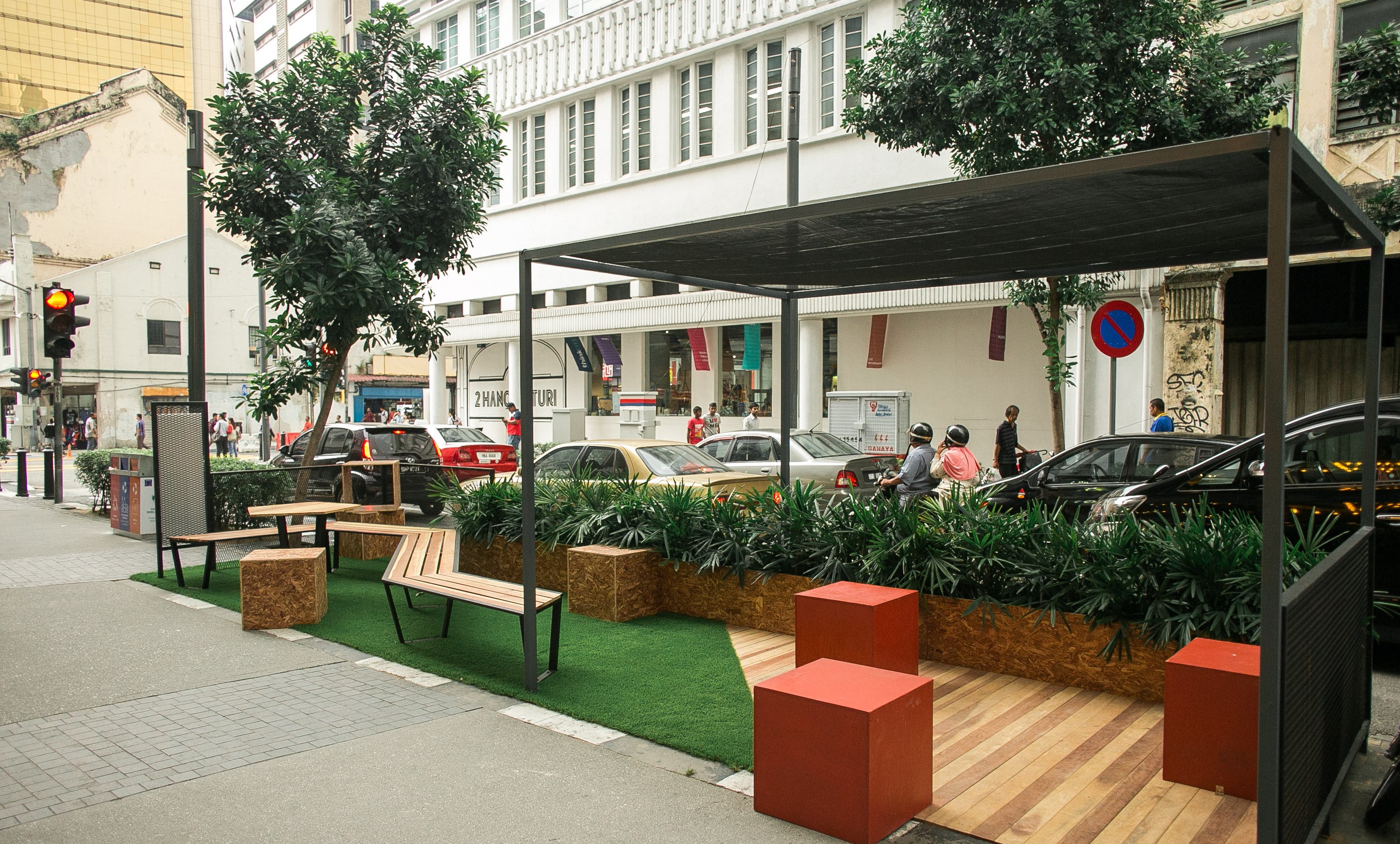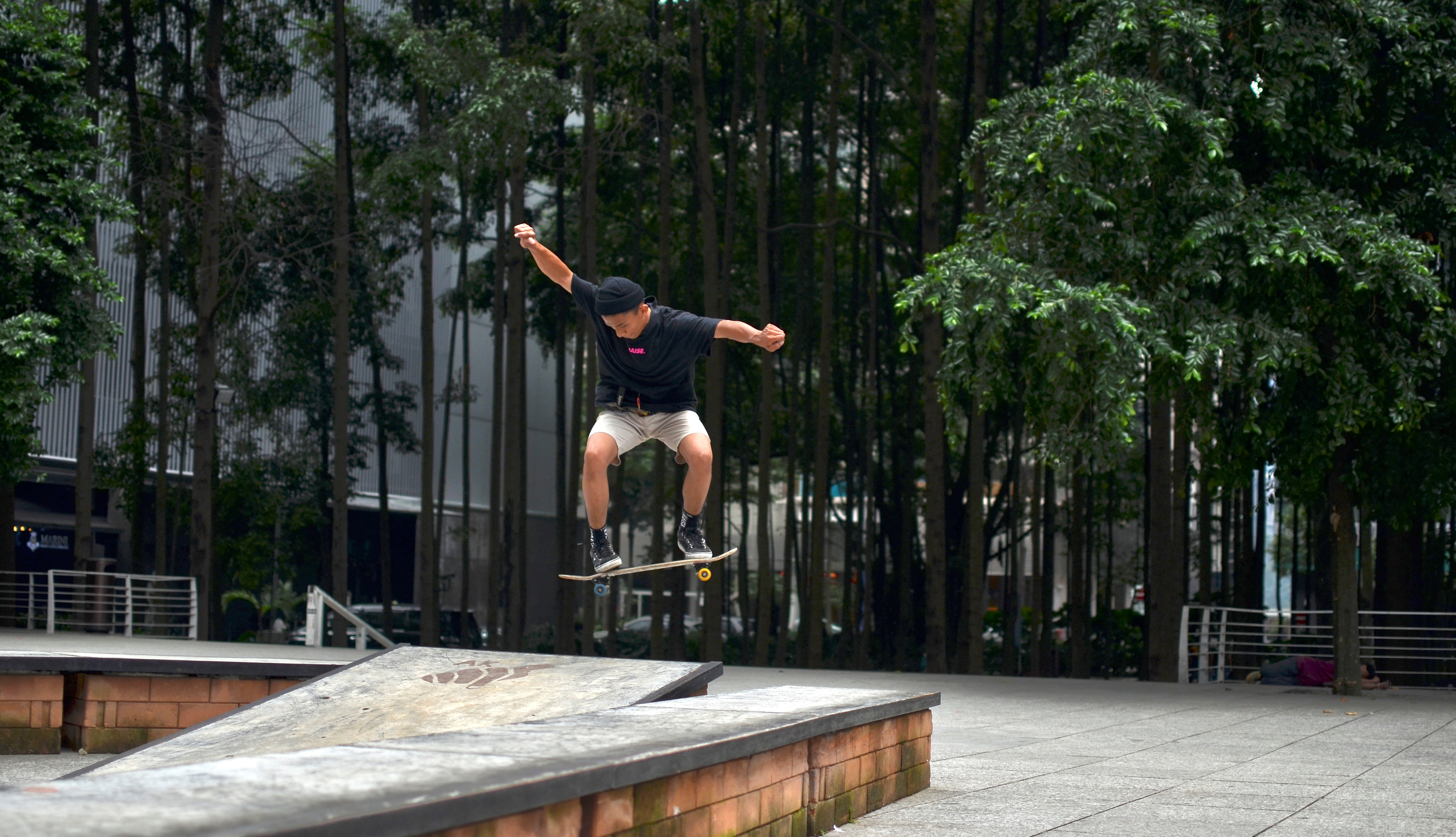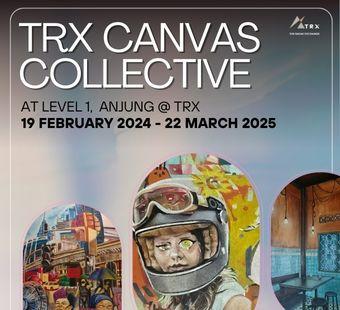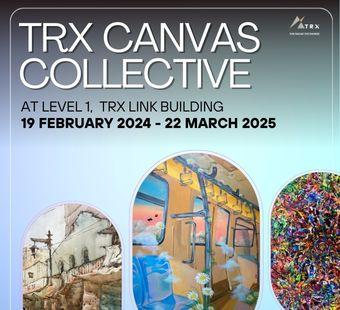Study after study has shown that a connection to nature and public areas that spur social interaction are vital for the health and well-being of city-dwellers.
Kuala Lumpur’s (KL) green lungs cover approximately a third of the city, a proportion comparable to London, and better than New York, Paris, Tokyo or Shanghai.
However, KL is not resting on its laurels and has started to explore more creative ways to use very small spaces for public purposes.
This is where pocket parks, parklets and even kerblets come in.
Small is beautiful
The philosophy behind this micro movement is to fill up vacant spaces that run the risk of falling into dereliction or could attract anti-social behaviour.
Instead, spaces as small as one parking spot are spruced up and re-designed for leisure use.
Scattered throughout the urban fabric of a city, these smaller spaces can end up accessible to more people, with a smaller carbon footprint, compared to large public parks.
Pioneering landscape architect, Robert L. Zion, who designed one of the most famous pocket parks, New York’s Paley Park, says “The midtown park may be defined as a small park, yet big enough in essence to reaffirm the dignity of the human being.”
Successful experiments in diminutive public spaces include Philadelphia which took advantage of vacant lots to transform nearly 4,500 vacant lots covering over 7.8 million square feet into neighbourhood parks, gardens and other green spaces.
Efforts begin with clearing any trash and debris, then landscaping, greening and beautifying alongside providing seating and other structures that would encourage public use, from simply resting to playing games to larger-scale communal events.
The results have extended beyond just enjoyment for the local populace, with long-term studies finding increased mental and physical health, lowered stress and criminality as well as general perceptions of outdoor safety.
KL efforts bear fruits
Think City, an urban regeneration organisation, has been working with the KL City Hall (DBKL) to design and test out pocket parks, parklets and kerblets.
The approach has been focused on moving KLites away from their cars to consider traversing the city on foot or bicycle.
The micro parks offer a place of respite and attractive spaces to engage with the urban surroundings.
"Increasing green spaces and planting more trees create better quality spaces not just in terms of air quality but in terms of heat reduction on the street level,” explains Think City Programme Director, Lee Jia Ping
“City-zens are currently enjoying the cooling effect that our parks and parklets offer,” she adds.
Some of these amenities are permanent, such as the Tun Perak Pocket Park at the intersection of Jalan Raja Laut, Jalan Tun Perak and Jalan Tuanku Abdul Rahman, across from Dataran Merdeka.
The 700sq m site with a nature trail, two-tiered flowing stream and gravel path, was designed using a biophilic approach to bring the forest to the city, via using only local jungle flora in a naturalistic design.
Other parklets and kerblets were originally pop-up experiments for the World Urban Forum held in Kuala Lumpur last year.
However, some have proved popular enough to now be re-designed into a permanent fixture such as the Jalan Panggung parklet.
“These parks and parklets are not just places of respite for the community, but they also serve a vital function to connect people and deepens their sense of belonging and ownership to the space," Lee emphasises.







